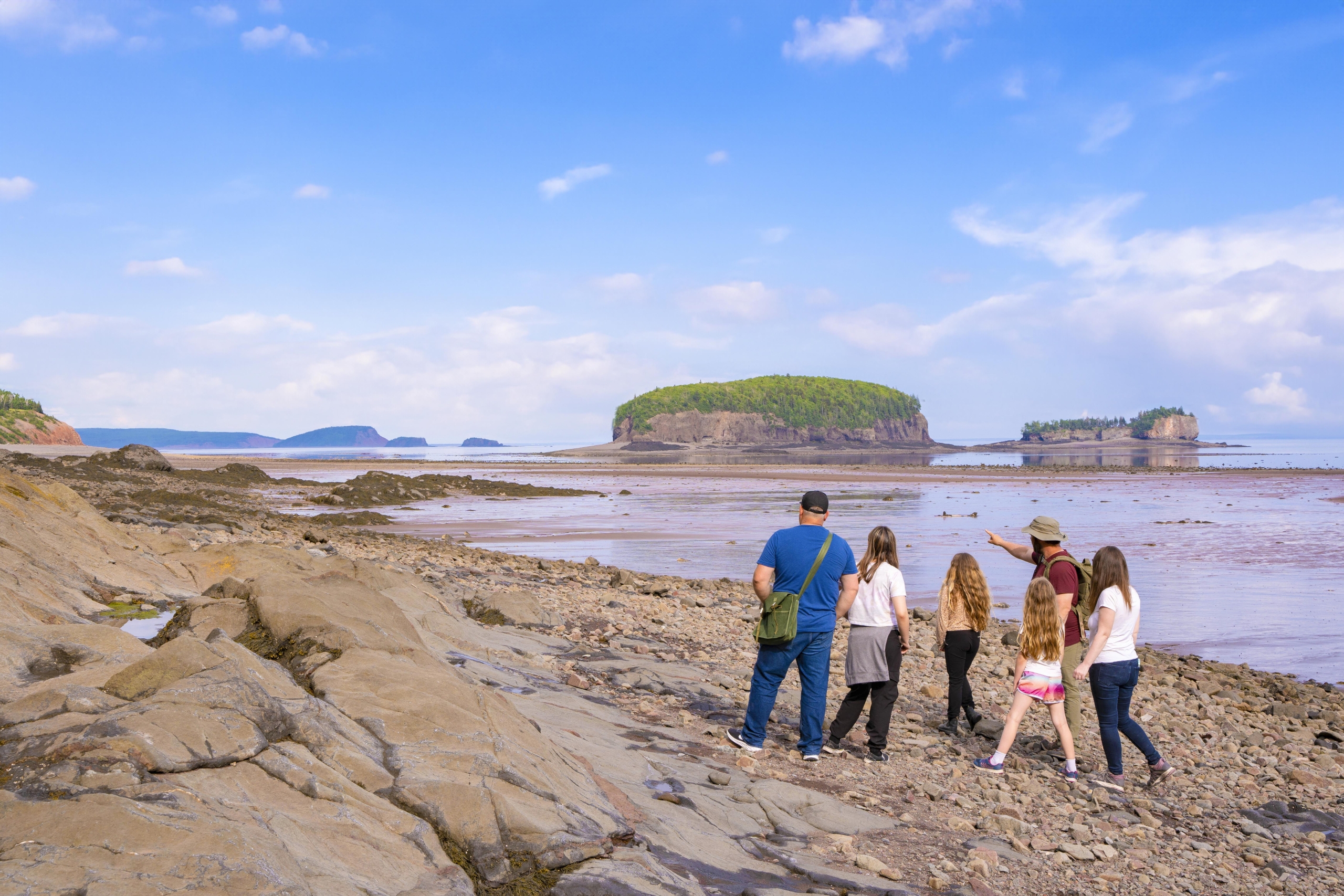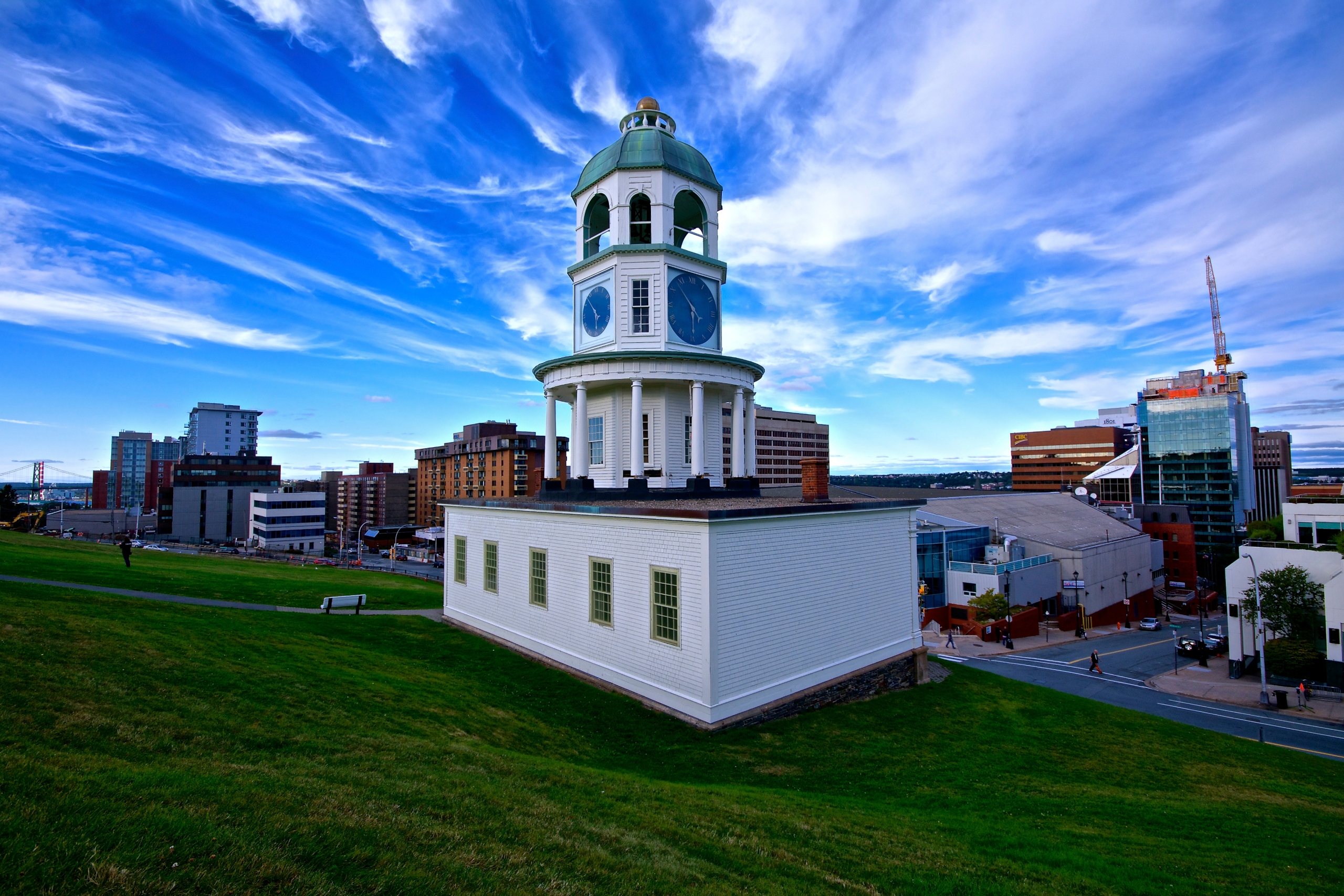Environmental Assessment from Northern Pulp
March 8, 2019Tourism in Everybody’s Business and occurs in every community and every corner of Nova Scotia; yet the topic of Tourism only warranted one page (483) in the NP Environmental Assessment that the Tourism Industry Association of Nova Scotia (TIANS) addresses with this communication.
The release of Northern Pulp’s Environmental Assessment was extremely disappointing in relation to their analysis of the tourism economy and the potential impact of treated effluent.
The Business of Tourism cumulatively is big business in Nova Scotia, constantly growing in contribution to the Nova Scotia economy and generating $2.7 Billion in 2017. This translates to over $300 million in tax revenue for all levels of government; revenue which is invested by governments to pay for social services like health care, education and infrastructure. Tourism employs over 40,000 people and generates $3.2 for every $1 invested; the largest multiplier effect of all sectors.
Along with creating jobs and driving tax revenue, tourism enhances the social condition of our communities and supports a healthy and sustainable natural environment.
Nova Scotia is blessed with incredible natural beauty and our enviable location by the sea makes Nova Scotia a much sought-after destination.
This strategic location on the Atlantic Coast has provided us with tremendous opportunities, as we utilize our seacoast location to build our brand and develop products and services which provide unique experiences and access to the sea. Recreation/Adventure Tourism and Culinary Tourism are two of the fastest growing segments and all of the new products rely on a healthy and sustainable marine environment.
The business drivers are the environment and quality experiences. The perception and demand are pristine areas – beaches, water and landscapes. With the warmest waters north of the Carolinas, there is an anticipation of a beach experience and uncontaminated waters. Toxic waste diverted to the Northumberland Strait will affect visitor perception and experience.
According to the latest tourism statistics, tourism revenue in the Northumberland Shore Region is 7.8% of the total tourism revenues translating to $210.6 Million[i]. The NP EA states 8.3 % and $215 Million. Pictou County estimates are 3% or $81 Million.
However, the length of stay in the Town of Pictou has declined from 2010, an average of 3.3 days to 2017 at 2.5 days. Tourism Operators explain the decline in visitor stay is a direct result of the various factors emanating from the effect of the Northern Pulp Mill.
The reference to Tourism, on page 438, does a disservice to the importance that tourism plays in the region and the significant economic damage from the environmental risks proposed by Northern Pulp’s plan.
TIANS is extremely concerned about the socio-economic effect on the Tourism Industry. Not only does this threaten the marine environment, it puts at risk other important economic sectors, including fisheries. Culinary Tourism, presently enjoying tremendous growth and recognition, is directly dependant on a healthy fishery. Nova Scotia lobster is widely marketed as a prominent feature of the Nova Scotia experience. The health of their larvae is essential to its sustainability both as a domestic and international product.
The Indigenous Tourism product is also a significant growth opportunity. In fact, the Conference Board of Canada just released the latest data and noted Indigenous Tourism growth is outpacing Canadian tourism activity overall.[ii] The research shows the direct economic benefits (GDP) attributed to the Indigenous Tourism sector in Canada rose 23.2 per cent between 2014 and 2017, going from $1.4 billion to $1.7 billion. The Nova Scotia Indigenous product has tremendous potential for growth.
Nova Scotia has a history of looking at short term economic vs. long term sustainable growth and pitting one sector against another. The deference to the Pictou Mill in spite of the strength and importance of Tourism and Fisheries is an example of this. The legacy of Northern Pulp is Boat Harbour, an example of extreme environmental damage that is supported by Health Canada statistics within the Pictou region. With an environmental cleanup worse than the Sydney Tar Ponds, now the responsibility of the Nova Scotia government, it is incredulous that any consideration would be given to research commissioned by this Company that purports to have no negative impact on other economic sectors.
In 2017, Dalhousie released a study on the health of the Gulf of St. Lawrence[iii] and noted increasing dead zones as a result of commercial and industrial activity and effluent. The Northumberland Strait connects and empties into the Gulf of St. Lawrence and the Laurentian Channel within the Gulf.
Another study by Brennan, Blanchard and Fennell published in December 2016[iv] discusses the stresses already endured in the Gulf of St. Lawrence and the Scotian Shelf and purports the concept of temperature and oxygen in this area and devastating effect on marine life. The Northumberland Strait therefore is facing threats to the fisheries.
The vision for Environmental Goals and Sustainability Act was to have Nova Scotia recognized as one of the cleanest, greenest jurisdictions in the world by 2020[v] , plans such as this totally contradict this effort.
Recently, Destination Canada – Canada’s national marketing organization – announced a second consecutive record-breaking year with 21.13 million travellers to Canada in 2018. Tourism generates 745,300 jobs in communities across Canada and contributes an estimated $102.5 billion to the economy. Tourism is transforming the Atlantic Canada economy and continued success will be reliant on a healthy environment.
Endnotes
[i] Source: NS Tourism .The NP EA states 8.3 % and $215 Million
[ii] Conference Board of Canada and TIAC, February 2019 https://indigenoustourism.ca/corporate/conference-board-of-canada-research/
[iii] Media Release Faculty of Science, Dalhousie University June 7, 2018. http://memg.ocean.dal.ca/news/2018forecast.html
[iv] https://doi.org/10.1371/journal.pone.0167411
[v] EGSPA quote: NS Department of Environment website: Nova Scotians have a cleaner, greener and more economically stable province because of commitments government has made to become one of the most environmentally and economically sustainable places in the world by 2020





